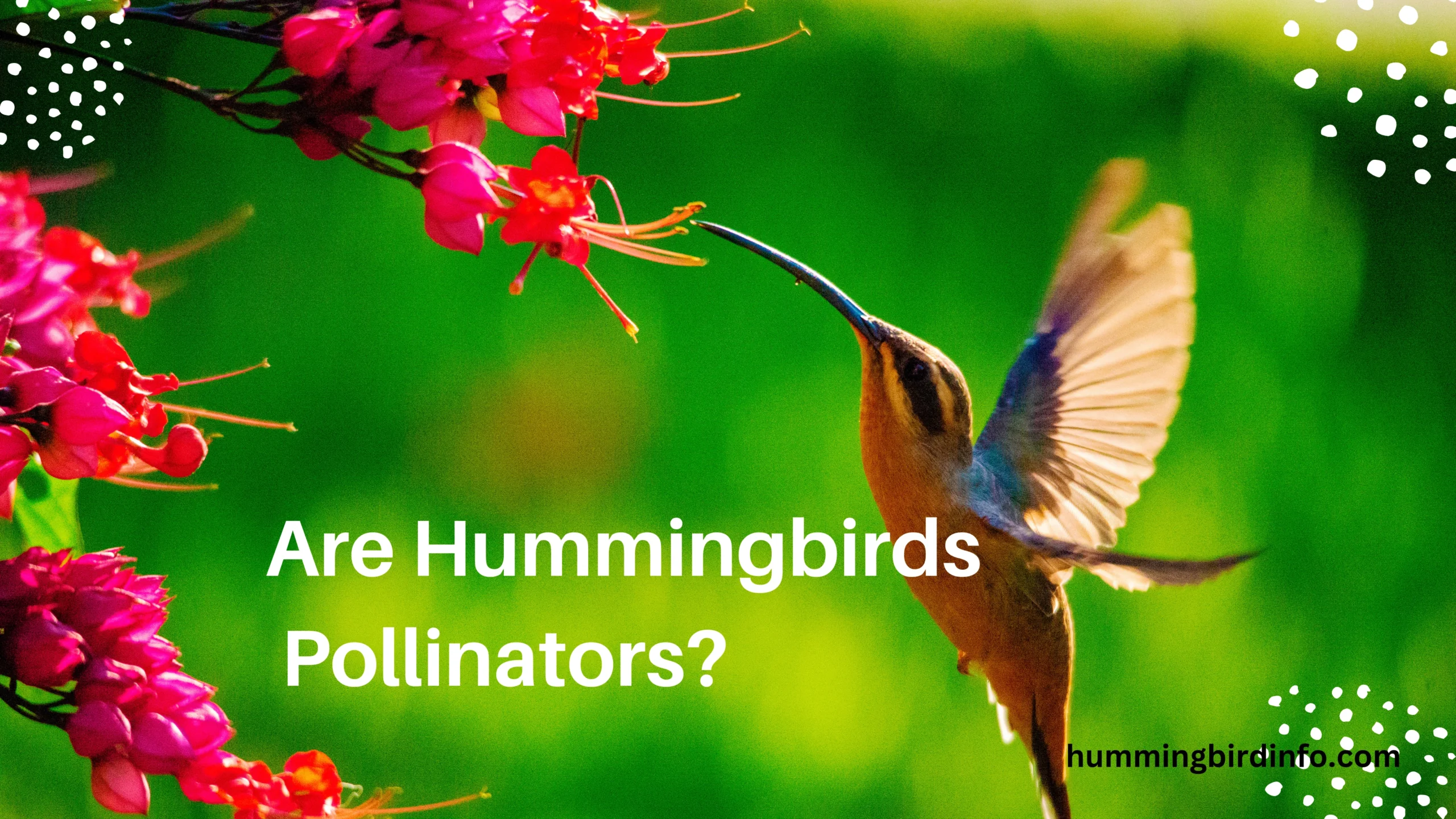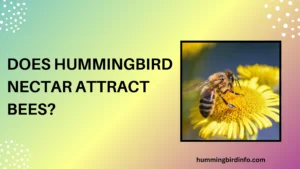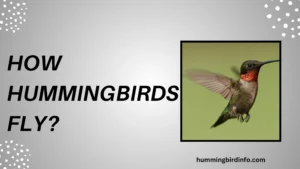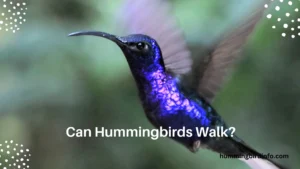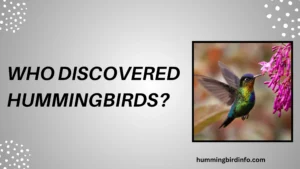With their jewel-toned feathers, lightning-fast wings, and ability to hover mid-air, hummingbirds look like magical creatures out of a storybook. But beyond their beauty lies a much more powerful truth — they are essential agents in our ecosystems.
Their daily routine of darting from flower to flower has a bigger impact than most people realize.
Pollination is a process that keeps the planet blooming and food growing — it’s how plants reproduce. While bees often take the spotlight, hummingbirds are doing a lot of heavy lifting, especially in the Americas. Their partnership with flowers is not accidental but the result of millions of years of co-evolution.
So, are hummingbirds really pollinators? The answer is a resounding yes — but it’s deeper than that. This post dives into their pollinating powers, evolutionary traits, and the ecological consequences of their presence. Understanding their role can help us better appreciate and protect the delicate balance of life on Earth.
Contents
- 1 The Basics of Pollination and Hummingbirds
- 2 Co-evolution of Hummingbirds and Flowering Plants
- 3 The Mechanics of Hummingbird Pollination
- 4 The Ecological Importance of Hummingbird Pollination
- 5 Threats to Hummingbirds and Their Pollination Services
- 6 Conclusion:
- 7 FAQs
- 8 1. Are hummingbirds considered pollinators?
- 9 2. What kind of flowers do hummingbirds prefer?
- 10 3. Do hummingbirds pollinate crops?
- 11 4. How often do hummingbirds visit flowers?
- 12 5. How is their pollination different from bees?
- 13 6. What regions are hummingbirds native to?
The Basics of Pollination and Hummingbirds
Pollination is the act of transferring pollen from a flower’s stamen (male part) to its pistil (female part). This process enables fertilization, leading to the creation of seeds and fruits. It’s crucial for the survival of plant species.
There are two main types: self-pollination, where a flower fertilizes itself, and cross-pollination, involving pollen transfer between different flowers. Cross-pollination leads to greater genetic diversity and healthier ecosystems. It’s typically facilitated by biotic agents like animals or abiotic agents like wind and water.
Among animal pollinators, hummingbirds are unique. These tiny birds, found mostly in the Americas, are known for their rapid wing beats and high-energy metabolism. They rely on nectar for energy but also eat insects for protein.
Hummingbirds can hover in place, a trait no other bird can master as efficiently. This hovering allows them to feed without landing, reducing flower damage. There are over 360 species, with sizes ranging from the bee hummingbird to the giant hummingbird.
Their long, narrow bills and specialized tongues allow deep flower access. Their foraging behavior is intense—they may visit hundreds of flowers per day, making them excellent pollination agents.
Co-evolution of Hummingbirds and Flowering Plants
Co-evolution refers to the process where two species influence each other’s evolutionary path. Many flowers have evolved specific traits to attract hummingbirds, and hummingbirds have adapted to feed more efficiently on these flowers.
Ornithophilous flowers (bird-pollinated) are typically red, orange, or pink, which attract hummingbirds. These flowers are often tubular, producing abundant, watery nectar. They lack strong scent because hummingbirds have a poor sense of smell.
They often face downwards, allowing birds to feed while hovering. Examples include Fuchsia, Salvia, and Penstemon — plants that are almost exclusively pollinated by hummingbirds. Their shape and color are tailored for avian visitors.
Hummingbirds have evolved long bills and forked or grooved tongues perfect for nectar collection. Their hovering ability lets them feed without perching, making pollen transfer cleaner and more efficient. Their high metabolism drives them to feed frequently.
As they feed, pollen grains stick to their heads, bills, or throats. These grains are then carried to the next flower, aiding in cross-pollination. This mutual dependence showcases one of nature’s most beautiful biological partnerships.
The Mechanics of Hummingbird Pollination
Hummingbirds transfer pollen by brushing against a flower’s anthers while feeding. As their heads enter the flower, pollen sticks to their feathers or skin. When they visit another flower, some of this pollen rubs off onto the stigma.
Different flowers are designed to place pollen on specific parts of the hummingbird’s body — like the forehead, bill, or neck. This precise placement increases the chances of successful fertilization when visiting the next flower.
Their flight patterns, involving rapid hovering and darting movements, create air currents that can also help in pollen dispersal. Their movement ensures that pollen is widely distributed across plant populations.
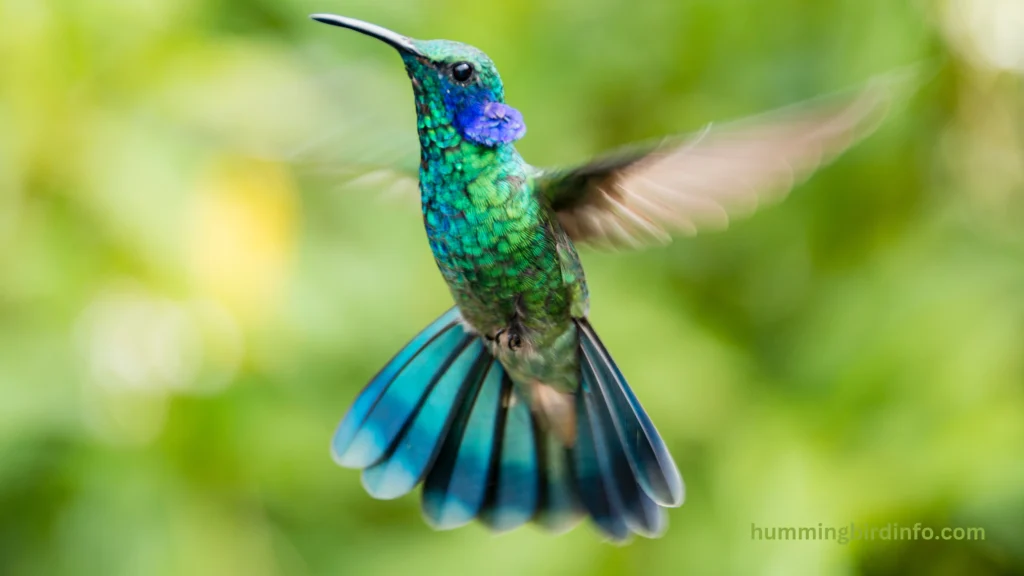
Because of their constant nectar needs, they visit hundreds of flowers daily. This frequent interaction with flowers boosts their role as pollinators compared to some bees and butterflies, which may feed less often or be species-specific.
Unlike bees, hummingbirds are less likely to damage flowers while feeding. Their behavior is gentler and more targeted, making them ideal pollinators for certain delicate plant species.
The Ecological Importance of Hummingbird Pollination
By enabling cross-pollination, hummingbirds help plants develop stronger genetics and greater resilience. This boosts a plant’s ability to survive disease, pests, and climate changes. It also helps plant populations spread and diversify.
The fruits and seeds that result from pollination serve as a critical food source for insects, birds, and mammals. Hummingbirds support not just flowers but entire food webs. They contribute to the overall richness of biodiversity.
Healthy plant communities also provide shelter and food for other species. These communities maintain soil stability, regulate air and water, and support natural cycles. Hummingbirds indirectly support all of this through pollination.
Though not as prominent as bees in agriculture, hummingbirds do pollinate certain crops, especially in tropical and subtropical regions. Their presence adds economic value to these systems.
Hummingbird-pollinated plants also offer aesthetic value. They attract tourists and nature lovers, contributing to ecotourism, photography, and gardening industries. Their presence is a natural treasure.
Threats to Hummingbirds and Their Pollination Services
Habitat loss from deforestation, urban sprawl, and agriculture is reducing both the birds’ homes and the flowers they need. Without habitats, their numbers decline rapidly. Habitat fragmentation also limits plant reproduction.
Climate change is shifting flowering times, disrupting the synchrony between hummingbird migration and nectar availability. Extreme weather events and altered temperature patterns threaten their survival and food sources.
Pesticides directly harm hummingbirds through ingestion or skin absorption. Indirectly, they reduce insect populations, which hummingbirds rely on for protein. Pollinated plants can also suffer from chemical damage.
Invasive plant species often outcompete native flowers, leaving hummingbirds with fewer nectar options. Invasive animals can disrupt the balance of ecosystems and displace native species.
Lastly, the decline in floral diversity leads to less nutrition and fewer habitat choices for hummingbirds. Without a varied diet, these birds face health issues and reduced reproductive success.
Conclusion:
Hummingbirds are far more than dazzling creatures — they are crucial pollinators that support the life cycles of many plants and animals. Their co-evolution with flowers is a testament to nature’s incredible adaptability and interdependence.
Their work ensures the reproduction of diverse plant species, strengthens ecosystem health, and supports countless food chains. The more we understand them, the more we see how vital their role is to life on Earth.
But their future is at risk due to habitat loss, climate changes, pesticides, and floral decline. Conservation actions are essential — from planting native flowers to avoiding harmful chemicals and supporting pollinator-friendly causes.
We all have a part to play in protecting these tiny powerhouses of nature. A garden full of hummingbird-friendly blooms is not just beautiful — it’s an act of ecological preservation. Let us cherish and safeguard these irreplaceable birds.
FAQs
1. Are hummingbirds considered pollinators?
Yes, hummingbirds are important pollinators, especially for tubular, brightly colored flowers.
2. What kind of flowers do hummingbirds prefer?
They favor red, orange, or pink flowers with tubular shapes and abundant nectar.
3. Do hummingbirds pollinate crops?
While not major crop pollinators like bees, they do help pollinate certain tropical crops and wild plants.
4. How often do hummingbirds visit flowers?
Due to their high energy needs, they may visit hundreds of flowers each day.
5. How is their pollination different from bees?
Hummingbirds use hovering instead of landing, and they typically don’t damage flowers as bees sometimes do.
6. What regions are hummingbirds native to?
They are found mainly in the Americas, from Alaska to Argentina.

